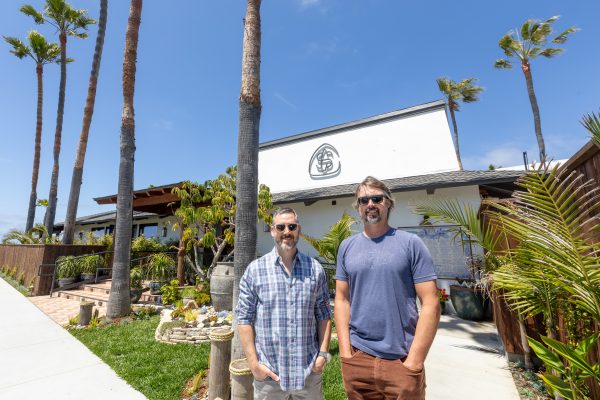
An attempt to save the house of one of the founders of Manhattan Beach from the wrecking ball appeared in danger last week.
The city council was due to consider preserving George Peck’s house at 2620 Alma Ave. at an upcoming council meeting. An estimate of $108,000 to move the house threatened to derail the plan, but realtor Tim McGuire, who asked the council to save the house, was still holding out hope.
“We’ve already raised $3,000 in donations,” said McGuire. He said that he planned on putting the project on a crowdfunding website and getting more estimates.
Originally a conductor for the Southern Pacific Railroad, Peck developed much of San Pedro and north Manhattan Beach. He built the house on Alma Avenue in 1920 to demonstrate what someone could build on a 30-by-90 foot lot for $500, according to Jan Dennis of the Manhattan Beach Cultural Heritage Conservancy. At that time, the homes in the area were largely summer cottages used by people who lived farther inland during the rest of the year. Peck eventually moved into the one-story house a few blocks from the beach and used it until he died in 1940.

The property was bought off-market by Matt Morris Development earlier this year. McGuire, who knows Morris, heard about the developer’s plans to build townhouses on the site and asked if he could try to salvage the building before it was razed. Morris gave him a month.
“He was very gracious to say go ahead and run with it,” said McGuire, who added that Morris supported the project.
McGuire then contacted Dennis and the two asked the city council if it would consider preserving the house and installing it somewhere like the former beach cottage that houses the Manhattan Beach Historical Society in Polliwog Park. They reached out to Chevron, which bought its property in El Segundo from Peck back when the company was Standard Oil, to see if it would consider footing the bill, but never heard back, according to Dennis.

Dennis said that they originally thought it might cost around $30,000 to move the house. But because it is wider than the street, it would have had to be divided into three sections, which increased the cost.
Although the house is a designated landmark, there is no law in Manhattan Beach that prevents historic buildings from being destroyed. The City Council approved steps to correct this earlier this year, but they have not yet been implemented. Both McGuire and Dennis noted that such a law would help preserve buildings like the Peck house.

“The landmark designation doesn’t mean any power to save anything,” Dennis said. “It’s why we’re working so hard to pass the Mill’s Act.”
McGuire said that Morris planned to start work as soon as he got the necessary permit, and was aiming to tear the house down in January.










